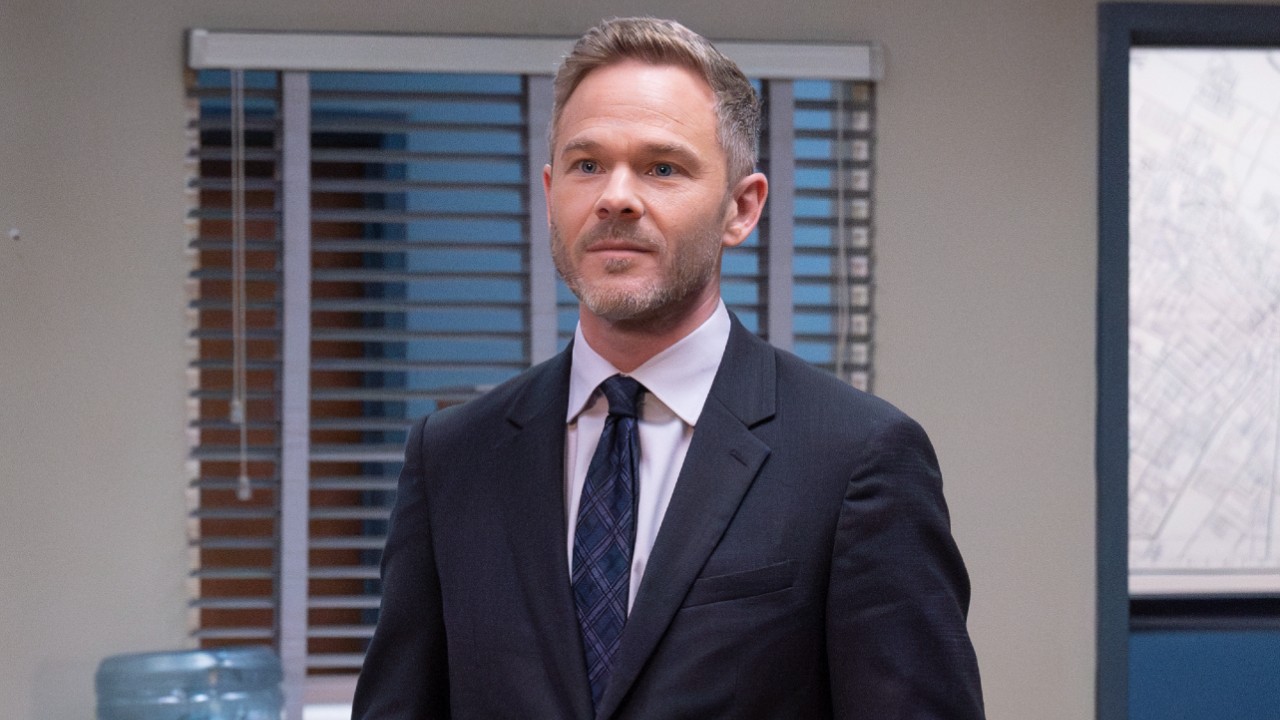Adapting Stephen King's Salem's Lot: How Does The Vampiric Terror Of 1979's TV Miniseries Hold Up?
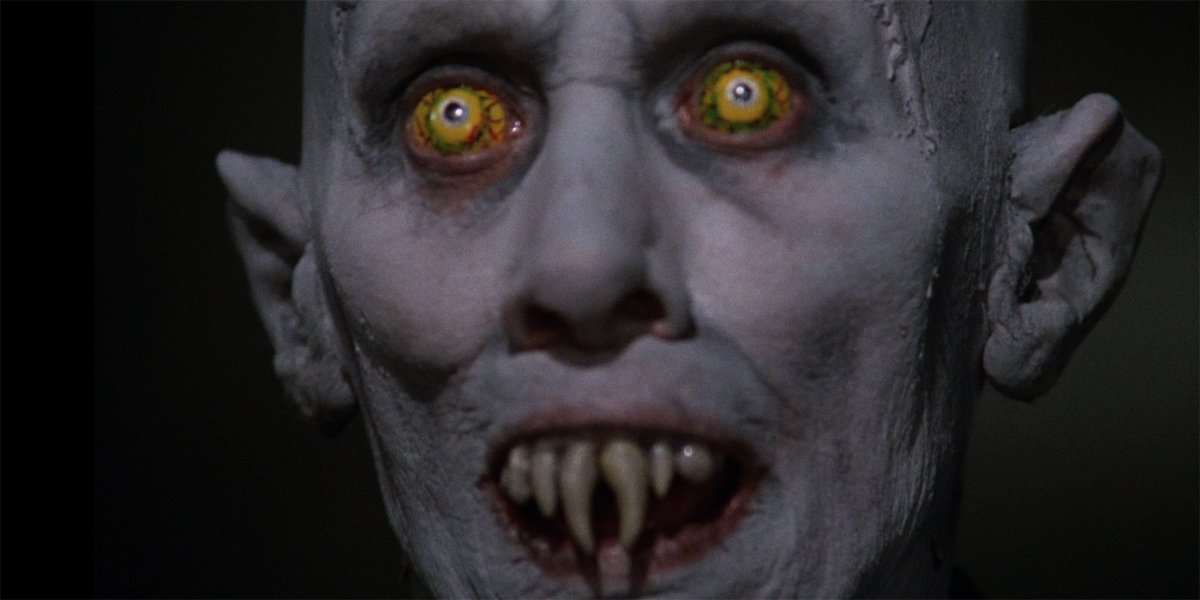
Stephen King is widely recognized as one of the most prolific popular writers in modernity, and that was a reputation that he earned early in his career. It was only a year-and-a-half after his first novel, Carrie, was published that the earliest Constant Readers had their second opportunity to experience King’s sophomore effort, the vampire throwback tale ‘Salem’s Lot. That, however, wasn’t the only onset pattern born in those early days, as just as it only took a short while for the telekinetic prom queen to get a live-action adaptation, it took no time at all for Hollywood to take an interest in King’s bloodsucker tale.
Its first half premiering on CBS the evening of November 17, 1979, Tobe Hooper’s Salem’s Lot was the first Stephen King adaptation to be developed as a television miniseries, airing as two hour-and-a-half broadcasts that played a week apart, and its success only further bolstered the author’s pop culture presence. It earned positive reviews, multiple technical Emmy nominations, and spawned an original sequel that debuted about eight years later. But how has it held up over the last 40-plus years?
Following my examination of Brian De Palma’s Carrie, this week’s Adapting Stephen King column reflects back on the original TV take on Salem’s Lot as well as the source material that inspired it – looking at them with fresh eyes and reexamining the former’s place in the long history between the legendary writer and Hollywood.
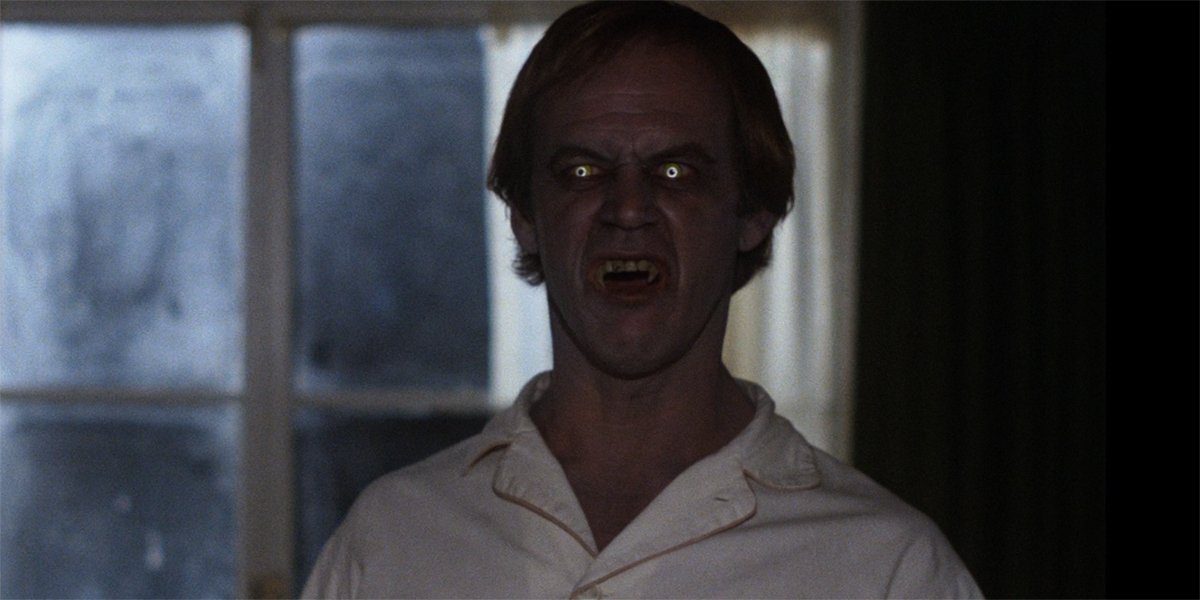
What Salem’s Lot Is About
Perfectly illustrated in his 1981 non-fiction book Danse Macabre, Stephen King is not just a horror fan, but a horror scholar, and ‘Salem’s Lot (originally titled Second Coming) is in a way an exercise in his grander appreciation for the genre. Not just another take on the nocturnal blood suckers, King designed the book as an homage to one of the greatest literary works of all time: Bram Stoker’s Dracula. The author has described it as a “game of literary racquet-ball,” where what he was creating was the ball and the classic tome was the wall. He’d take his own ideas, “hit it against” Stoker’s classic, see where it would bounce, and hit it again. Blended with 20th century ideas about the monsters, including the EC Comics he grew up with (like Tales From The Crypt), resulted in what is hailed as one of the great vampire novels.
As for the creation and destruction of the small town known as Jerusalem’s Lot, Stephen King has described his initial inspiration for the burb in the novel as coming to him during a dinner conversation with his wife Tabitha and friend Chris Chesley. In the essay “On Becoming A Brand Name,” King writes that discussion of how Dracula would fare in modern America made him reflect on the number of isolated, rural towns there are in Maine where “people could drop out of sight, disappear, perhaps even come back as the living dead.” The seed was planted.
The novel follows Ben Mears, one of Stephen King’s great novelist protagonists, who finds himself returning to his hometown of Jerusalem’s Lot, Maine with an idea for his latest book. As a child he experienced a terrifying episode at the notorious residence known as the Marsten House, and it’s his intention to write about it while actually staying there. Upon his arrival, however, he is surprised to discover that someone else has purchased the property – namely the mysterious Austrian immigrant Kurt Barlow.
Staying at a local boarding house instead, Ben reacquaints himself with the small New England town, finding himself falling for a young woman named Susan Norton after a chance encounter at the park, but his work doesn’t exactly progress as planned. This is primarily because of a string of tragic and inexplicable episodes that grip Jerusalem’s Lot, including the disappearance of a young boy and what appears to be a plague of anemia.
Your Daily Blend of Entertainment News
The reality of the situation becomes clear, and it is made apparent that the enigmatic Kurt Barlow and his associate, Richard Straker, at the heart of it. Ben, Susan, and those they can convince to believe them – including a horror-obsessed young boy, a high school teacher, a doctor, and a priest –find that they must personally put an end to the rise of vampirism in the town before it’s too late.
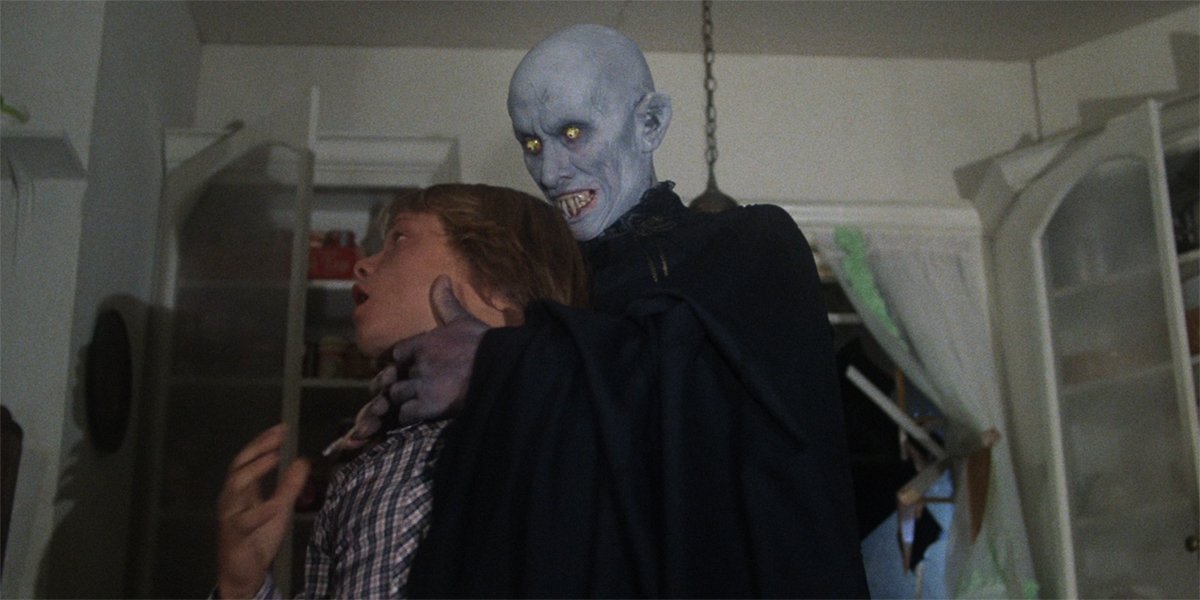
How Tobe Hooper’s Salem’s Lot Differs From Stephen King’s Book
One of the great strengths in the relationship between Stephen King and television miniseries is that the expanded format of the medium allows more from the source material to be directly translated instead of trimmed and compacted, which is key given the author’s verbose storytelling style. Even still, though, every adaptation still features some deviations and cuts, and Tobe Hooper’s Salem’s Lot is no exception. Even though it’s over three hours long in its totality, there are some major changes that were made bringing the story into live-action.
What could be called the most iconic difference between the book and the miniseries in the physical appearance of Kurt Barlow (Reggie Nalder) – whose appearance is put front and center whenever Salem’s Lot is brought up nowadays despite the fact that he has less than five minutes of actual screen time (clearly I’m demonstrating zero shame in my image choices for this column). The Emmy-nominated make-up takes clear inspiration from Count Orlok in F. W. Murnau’s 1922 classic Nosferatu, and is wonderfully scary, but it’s a step away from Stephen King’s work. In the novel, Barlow specifically doesn’t look like that kind of fanged monster – one of the many pages taken from the approach in Bram Stoker’s Dracula.
It’s illustrative of a number of changes that are made in the translation from book to screen, as Tobe Hooper’s version captures the larger substance of Stephen King’s novel, but also flips around details and compresses certain elements to fit the limitations of the new medium. The most significant in this regard is the combination of Susan Norton’s father, Ben, and Dr. Jimmy Cody, creating Dr. Ben Norton, but it also influences the greater depiction of the vampire plague hitting the town. An example of this is the mini-narrative played out by realtor Larry Crockett (Fred Willard), and married couple Cully (George Dzundza) and Bonnie Sawyer (Julie Cobb), which is a mishmash of different pieces from the source material.
Many of the best scenes from the book are maintained – such as young horror geek Mark Petrie (Lance Kerwin) resisting the calls of his undead classmate (Brad Savage) outside his window at night, and Father Callahan’s (James Gallery) battle with Kurt Barlow in the Petrie kitchen – but it also cuts out material like what actually happens to the priest in the aftermath of that showdown, which is something that ultimately tied into the larger world of Stephen King novels in the Dark Tower series.
Likewise, the fate of Susan Norton (pre-Die Hard Bonnie Bedelia) is maintained in its entirety, but it’s also restructured to be a part of the adaptation’s downer final note. The emotional climax of the story, Ben Mears (David Soul) being forced to stake the woman he loves, moves from being a key part of the final act to a part of the prologue – skipping over Ben and Mark’s return from Guatemala to Salem’s Lot so that they can burn the entire vampire nest to the ground (it’s not specifically shown, but there is a suggestion in the miniseries that the isolated Maine hamlet is still reduced to ash after the protagonists set the Marsten House on fire, as the wind is said to be blowing toward town).
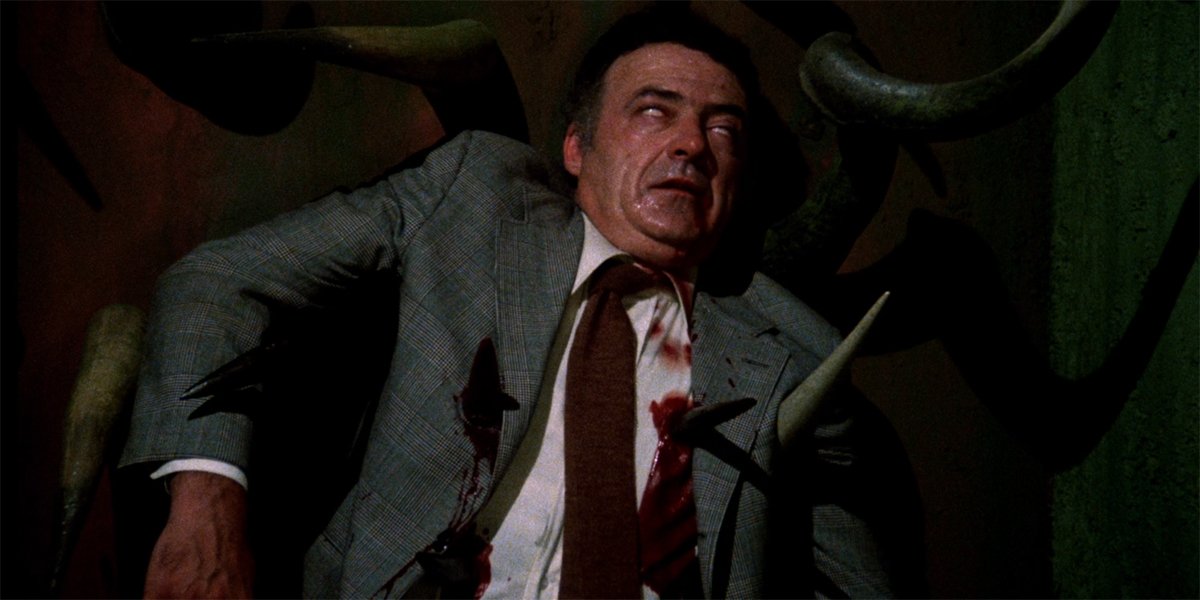
Is It Worthy Of The King?
The greatest strength of Tobe Hooper’s Salem’s Lot is its ability to cleanly deliver Stephen King’s story as a character driven narrative – a quality that it shares in common with Brian De Palma’s Carrie. The important essences of the principal vampire hunters are mostly maintained in the medium change, with Mark’s horror nerdery delightful and essential, and the relationship between Ben and Susan sweetly constructed among the escalating terror. There are exceptions, as you do miss the book’s conclusion of Father Callahan’s arc, and Matt Burke (whose name is changed to Jason Burke for whatever reason) is basically written out of the action following his heart attack instead of becoming a key researcher.
The simplicity inherent in the mysterious antagonists certainly proves to an asset for the adaptation, as its treatment of both Kurt Barlow and the menacing Richard Straker is excellent. As mentioned, you may not see much of the former in the grand scheme, but the “less is more” approach only serves to raise tension and build up his first appearance – which makes one hell of an impact. With his raspy voice and sinister overtones, James Mason puts in what is ultimately the stand-out performance of the miniseries, and it’s punctuated with what is the TV version’s best original invention: Richard Straker killing Dr. Norton by ramming him into a wall decorated with mounted antlers.
What the miniseries lacks is the terrific scope of Stephen King’s novel – which presumably wasn’t feasible to capture with the resources allocated to a late-1970s TV miniseries. From dump custodian Dud Rodgers, to bus driver Charlie Rhodes, to abused infant Randy McDougall, there are mini stories of terror that play out all around Jerusalem's Lot in the book, but Tobe Hooper’s version doesn’t have the real estate available to let those stories be told. You still get a sense of the slow infestation of the entire burb as introduced characters talk about weird dreams and look tired and pale, but it doesn’t hit on anywhere near the same level.
Aesthetically, there’s also no getting around its made-for-TV presentation, even as home media versions have stitched the two halves together to create the semi-illusion of it being a three-hour feature. For a vampire movie, Salem’s Lot’s bloodlessness is certainly notable, as the most gore we see is in Dr. Norton’s death (pictured above), it's in a 4:3 aspect ratio, and it’s still readily apparent where the cuts for commercials are, not to mention the distinctive moment when Part 1 becomes Part 2. Those medium-centric shortcomings aside, however, it’s a faithful and impressive take on the material, as Stephen King himself recognized in a 1980 interview with Paul Gagné for “Famous Monsters of Filmland” (found in George Beahm’s The Stephen King Companion):
Let me sum up by saying that when I first learned the book was being done for television, rather than as a theatrical release, I was very disappointed. Television does tend to take quite a bit out of a story to avoid the risk of offending the 'average' viewer. But that initial disappointment did not extend to the finished product. It was done for television, but it was done well for television. It’s funny because most of the reviewers I’ve talked to since the thing was shown on TV seem to be expecting me to really come out against it, but I just didn’t feel that way. Sure, it probably would have been better if it wasn’t done for television, but I’m certainly not gonna run around screaming, ‘They wrecked my fuckin’ book!’
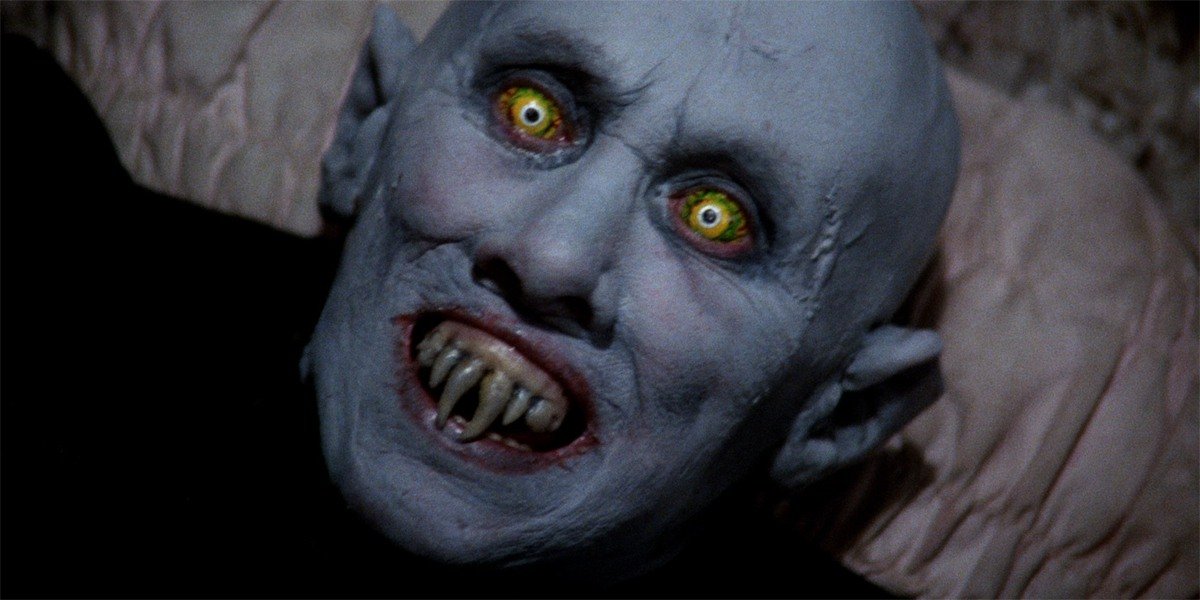
How To Watch Tobe Hooper’s Salem’s Lot
If you have three hours to spare and want to experience Stephen King’s brand of vampire terror, it’s pretty easy to do so thanks to modern home media. Salem’s Lot got its first Blu-ray release in 2016, and it’s not only a great restoration but also widely available for a low price. If physical media isn’t your thing, there are also plenty of digital options. It’s not presently available to stream on any of the major services, but you can purchase and/or rent it from major outlets including Amazon Prime, Google, Vudu, and iTunes.
The next time I dive into the long history of Stephen King adaptations will be for a discussion of what is one of the most controversial titles among Constant Readers: Stanley Kubrick’s The Shining. Stay tuned here on CinemaBlend for all of the latest news and updates about future live-action takes on King’s works, and get a rundown of everything in our Upcoming Stephen King Movies And TV guide.






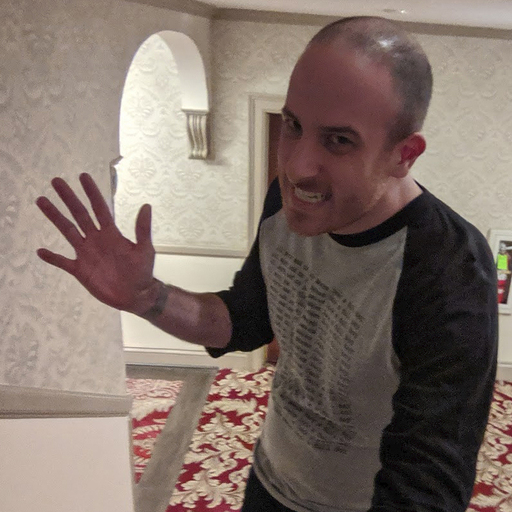
Eric Eisenberg is the Assistant Managing Editor at CinemaBlend. After graduating Boston University and earning a bachelor’s degree in journalism, he took a part-time job as a staff writer for CinemaBlend, and after six months was offered the opportunity to move to Los Angeles and take on a newly created West Coast Editor position. Over a decade later, he's continuing to advance his interests and expertise. In addition to conducting filmmaker interviews and contributing to the news and feature content of the site, Eric also oversees the Movie Reviews section, writes the the weekend box office report (published Sundays), and is the site's resident Stephen King expert. He has two King-related columns.
